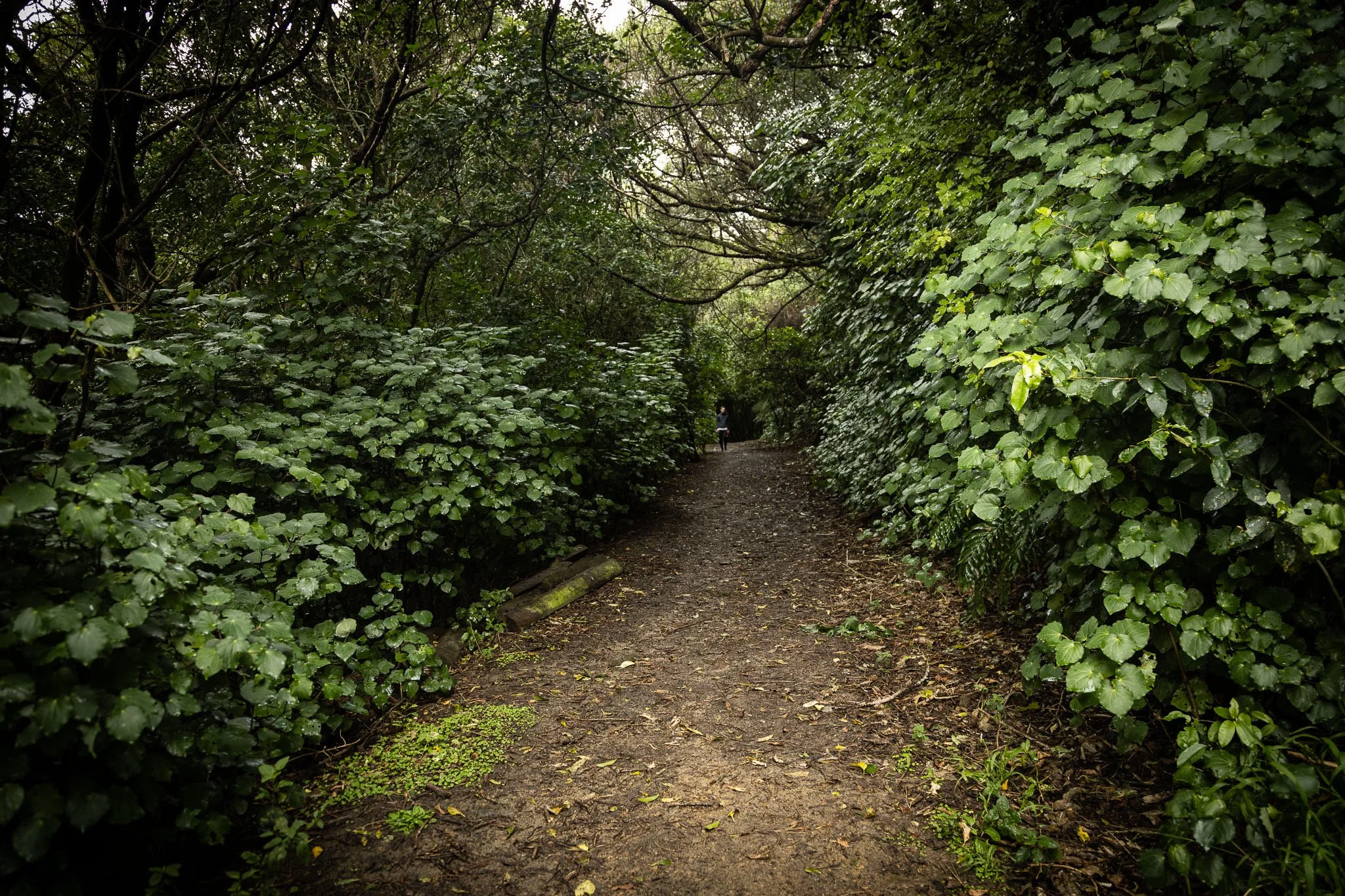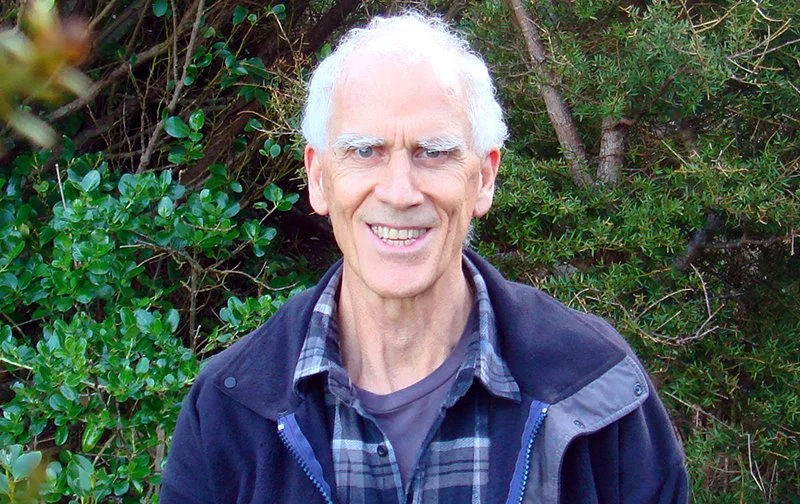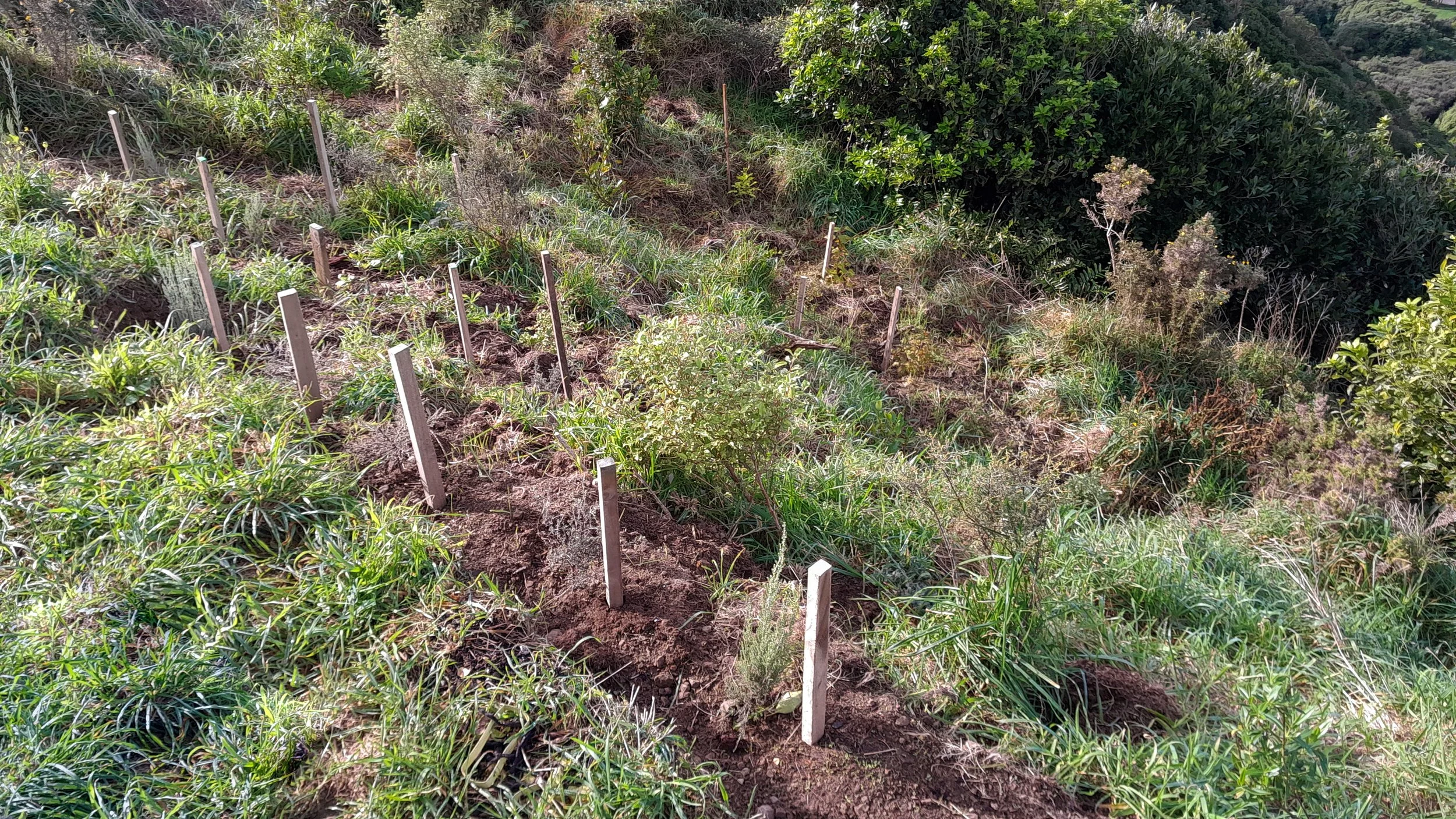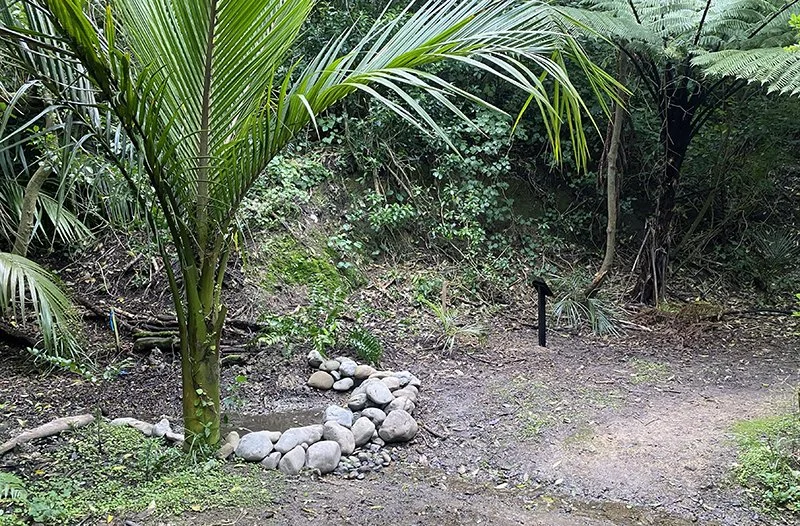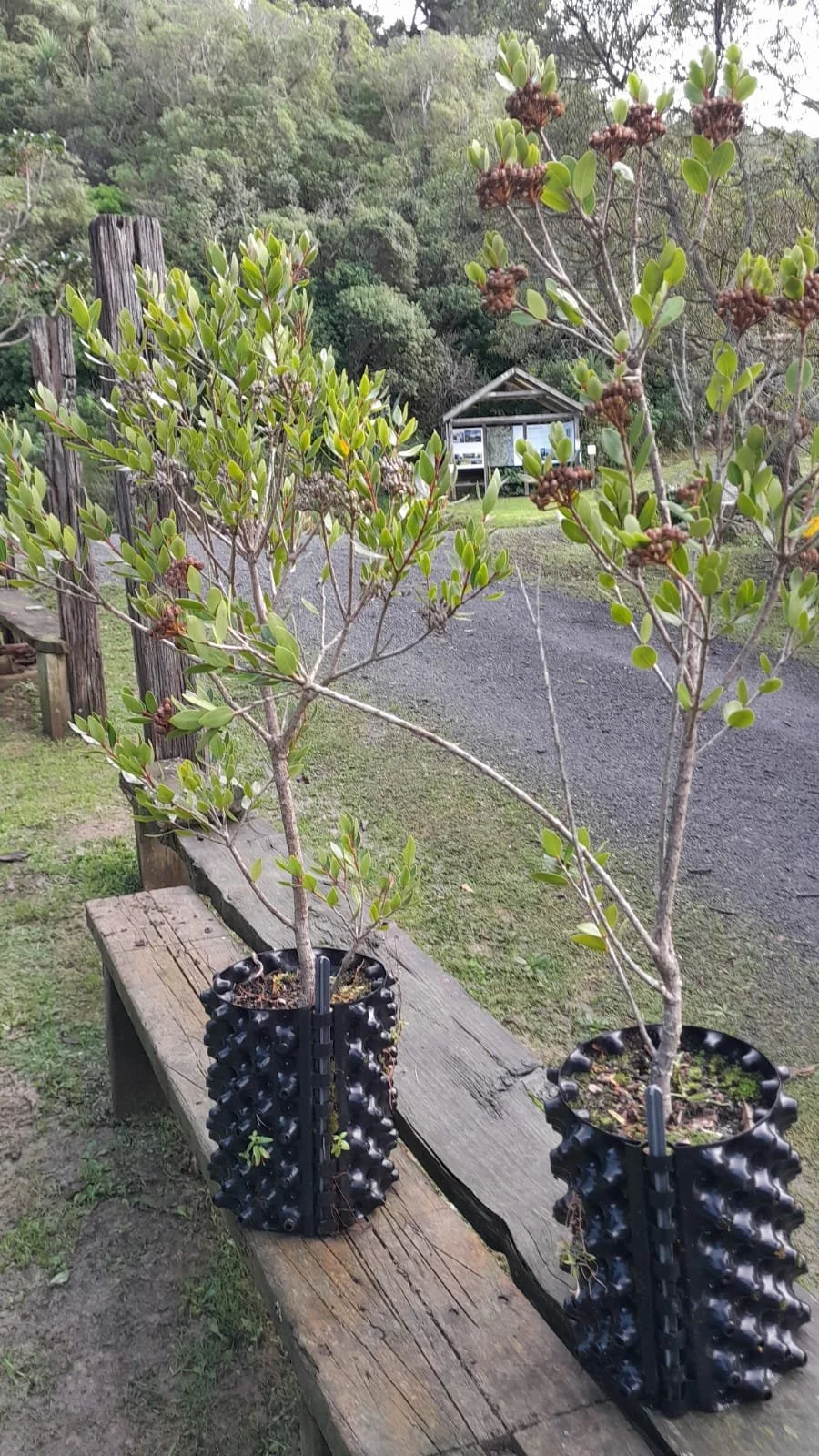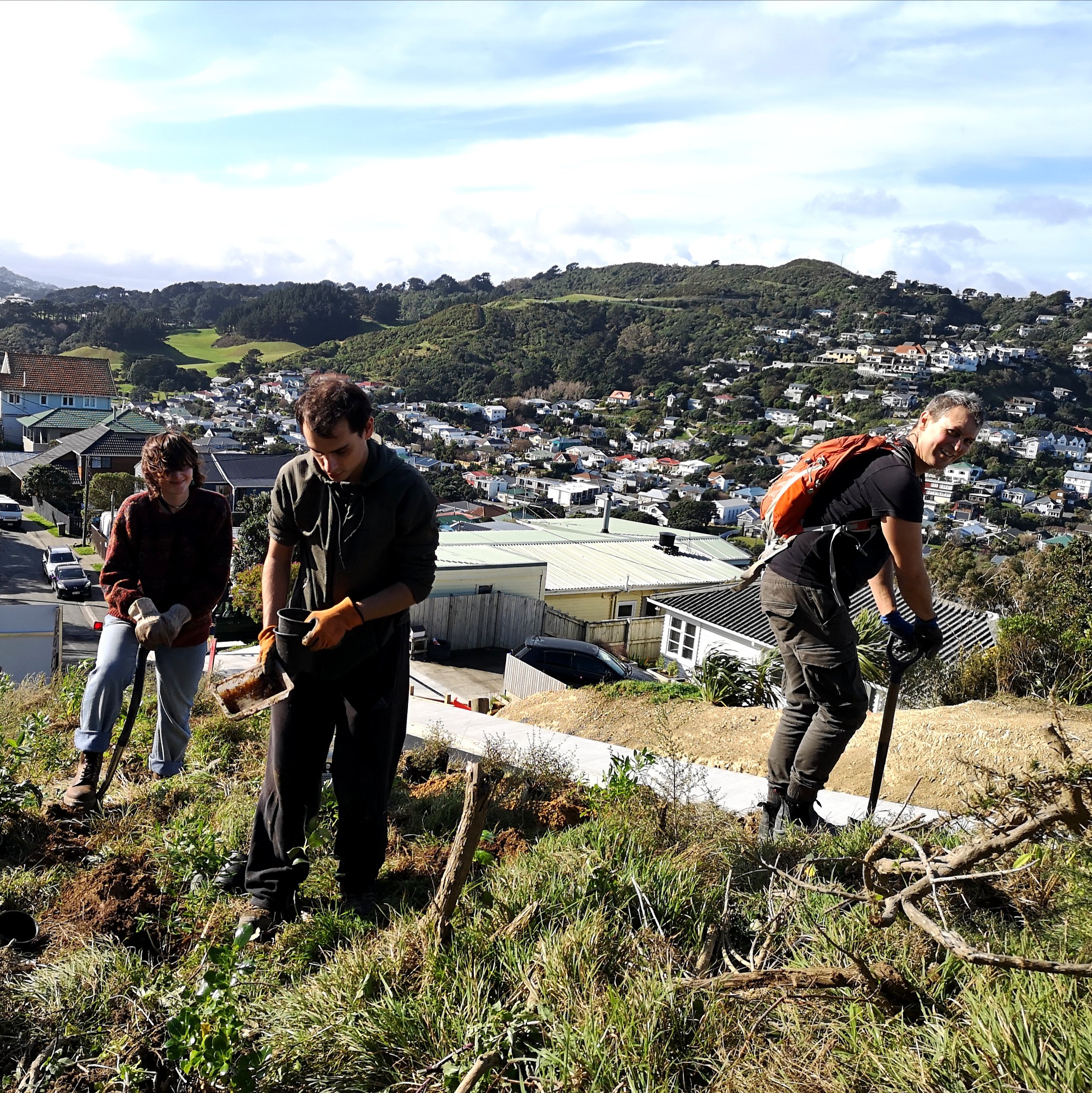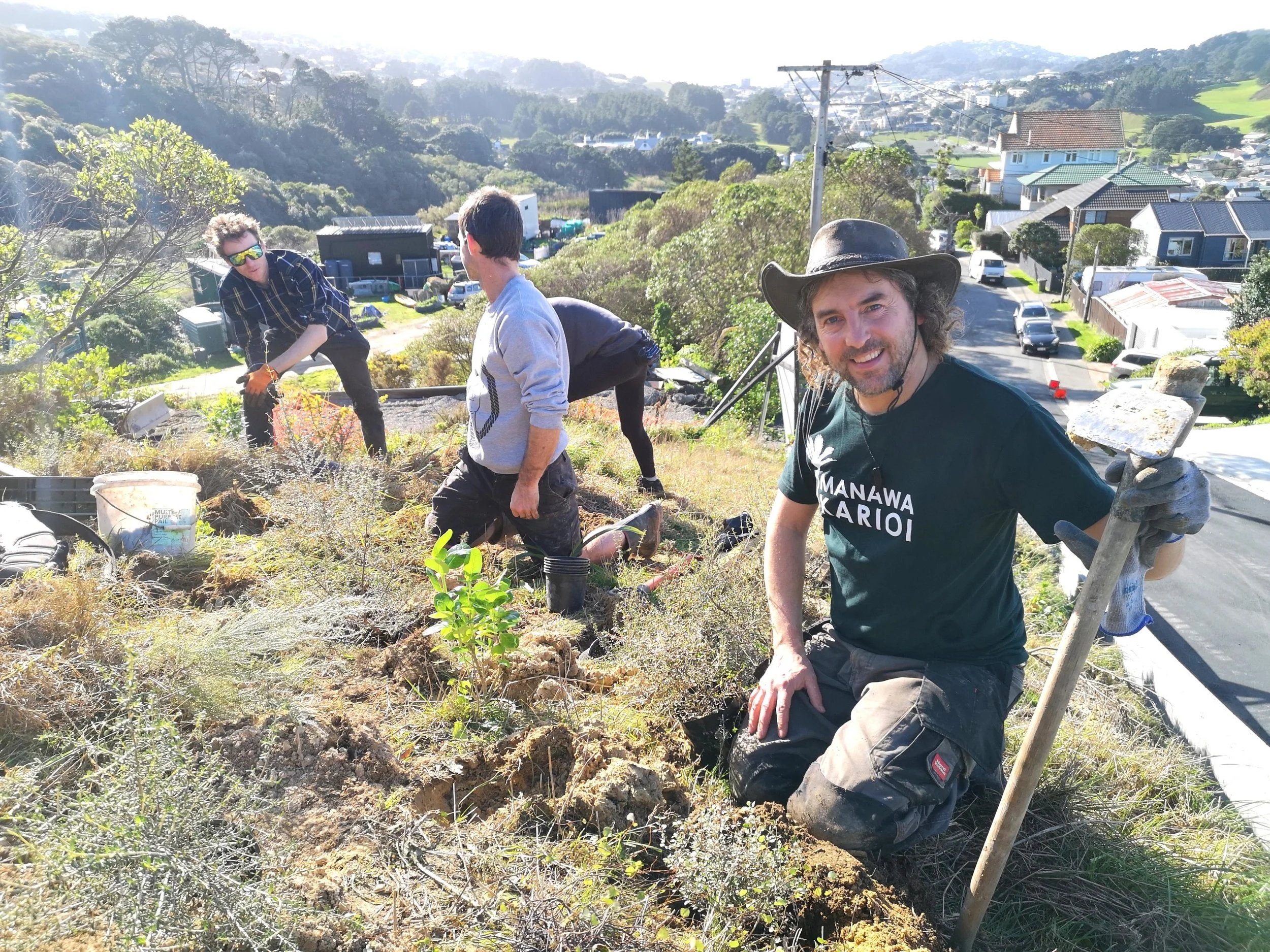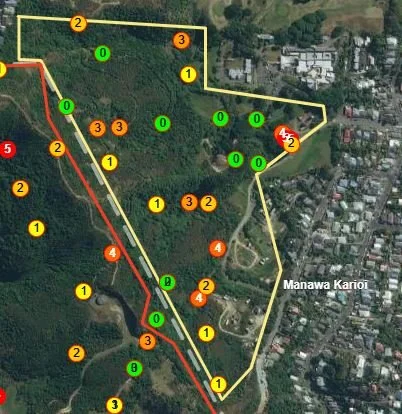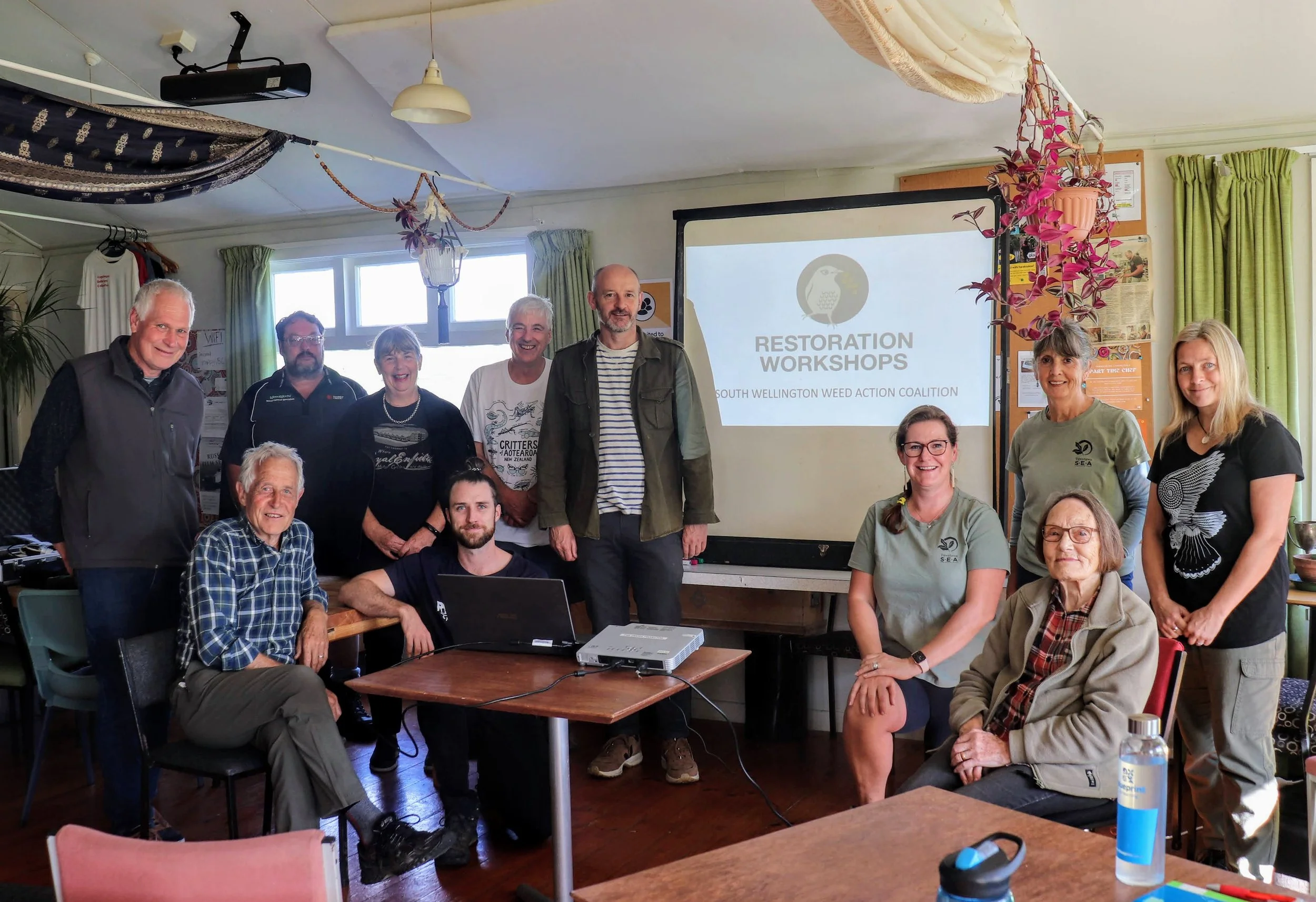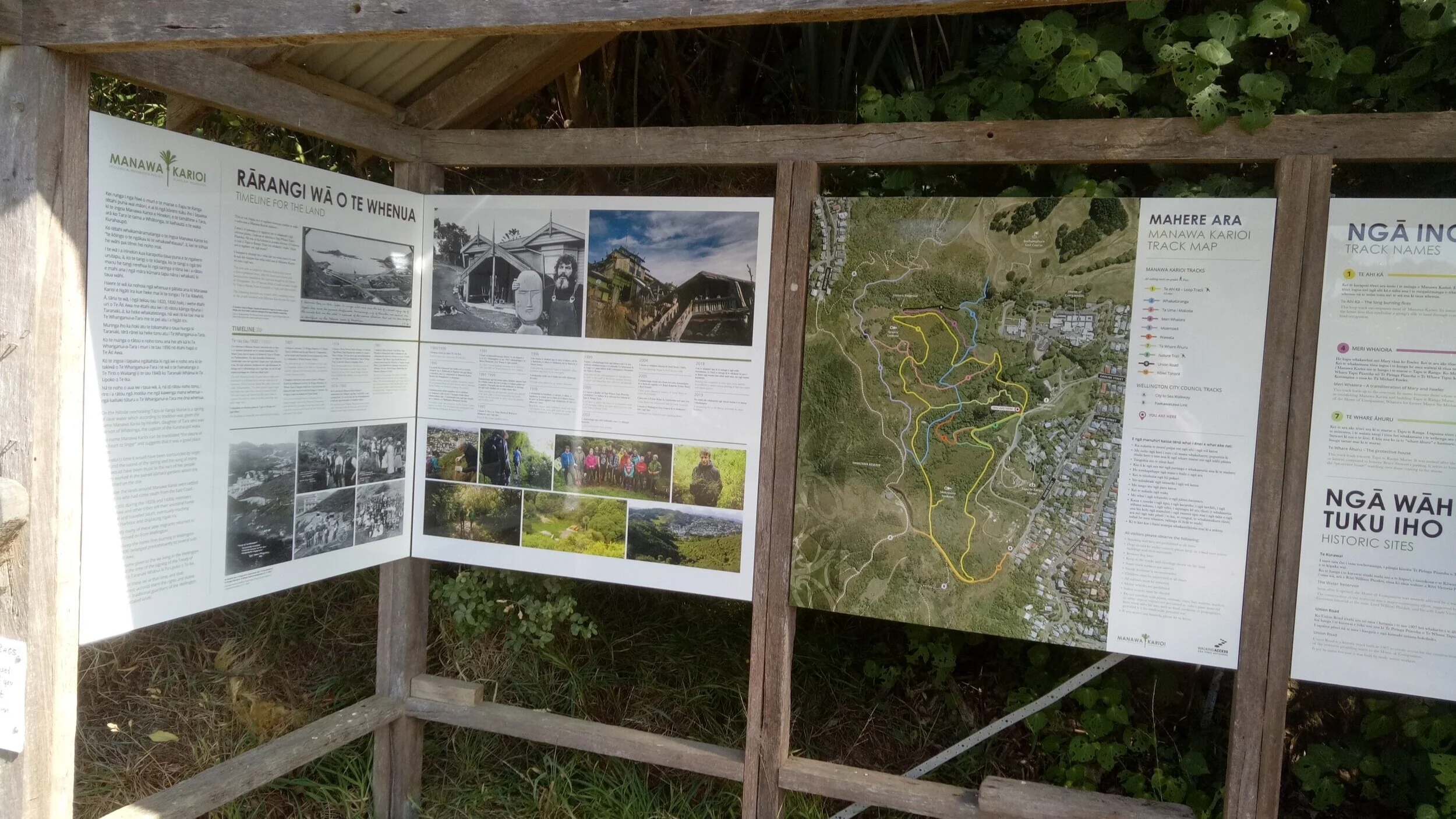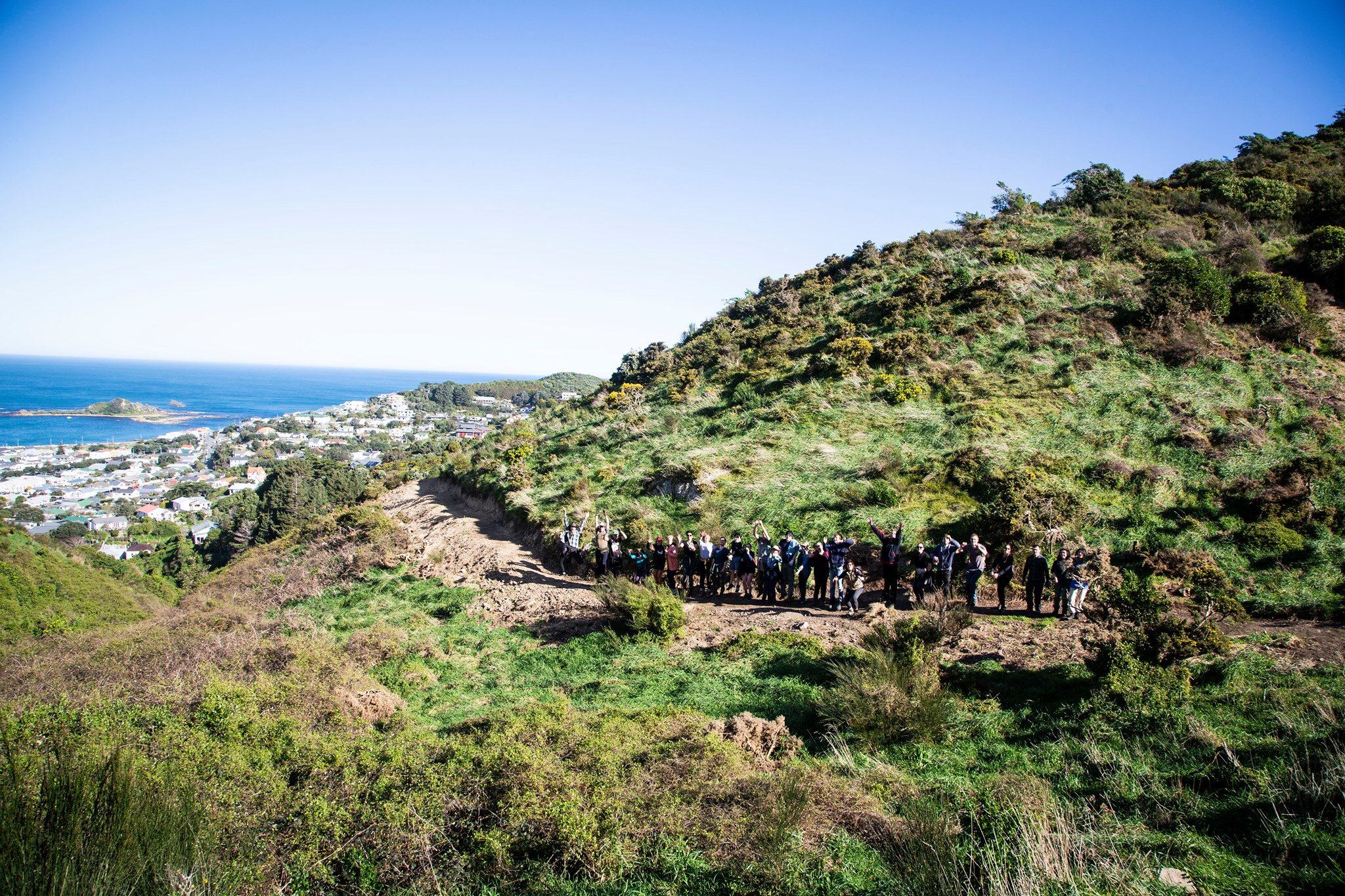Press Release - Te Ara o te Wao Nui a Tāne / The Nature Trail - Opening Event.
We are inviting the community to join the Manawa Karioi committee and Tapu te Ranga Marae trust in celebrating the opening of Te Ara o te Wao Nui a Tāne/The Nature Trail. Held on Saturday, 17th February 2024 from 1pm - 2.30pm as a part of the Island Bay Festival.
Te Ara o te Wao Nui a Tāne/ The Nature Trail
Running through the oldest area of the Manawa Karioi Ecological Restoration Project is a short loop track marked on the map as Te Ara o te Wao Nui a Tāne/ The Nature Trail.
The track has been planted over the last 35 years and the canopy is well overhead. This part of the reserve has been marked for development for seven years and thanks to a generous donation from T D Mankelow Family Charitable Fund, we are able to create a special track for children and adults alike.
The Process of Developing the Trail.
We started the project by digging out some slips that had covered the track after the heavy rainfall in 2023, then we hired track clearing work to be done to open up the tracks.
We commissioned three bug hotels to be made, which is a fun way for children and adults to engage with insects and see what lives inside.
We have created a fun game of ‘Spot the Birds’ on the nature trail - we have hidden metal birds on the trail for people to find as they walk around, which encourages people to look up and see real birds too.
We worked with Metal Image signs and accredited translator Melanie Nelson to create large bilingual botanical signs to help identify some of the special trees on the track.
We have beautified the area around the spring-field stream with rocks, planting ferns and putting in new seats. It is a great place to sit, reflect and watch the baby fantails flit around the stream and pick out bugs.
Working Bee on Te Ara o te Wao Nui o Tāne / The Nature Trail.
Te Ara o te Wao Nui a Tāne/The Nature Trail is a short loop that starts at the base next to the Tapu te Ranga Marae car park. The Nature Trail is marked #8 on our Trail map. It is a short easy walk taking approximately 15-mins to walk. The track is sloped but it is suitable for groups of younger children and buggies. It has fun educational features to discover along the track.
Event Listing:
We are inviting the community to join the Manawa Karioi committee and Tapu te Ranga Marae trust in celebrating the opening of the development of Te Ara o te Wao Nui a Tāne/The Nature Trail as part of the Island Bay Festival on Saturday, 17th February from 1pm - 2.30pm.
Date: Saturday, 17th February 2024
Time: 1pm - 2.30pm
Location: Manawa Karioi
Parking: Tapu te Ranga Marae Carpark, Bike Parks are available

